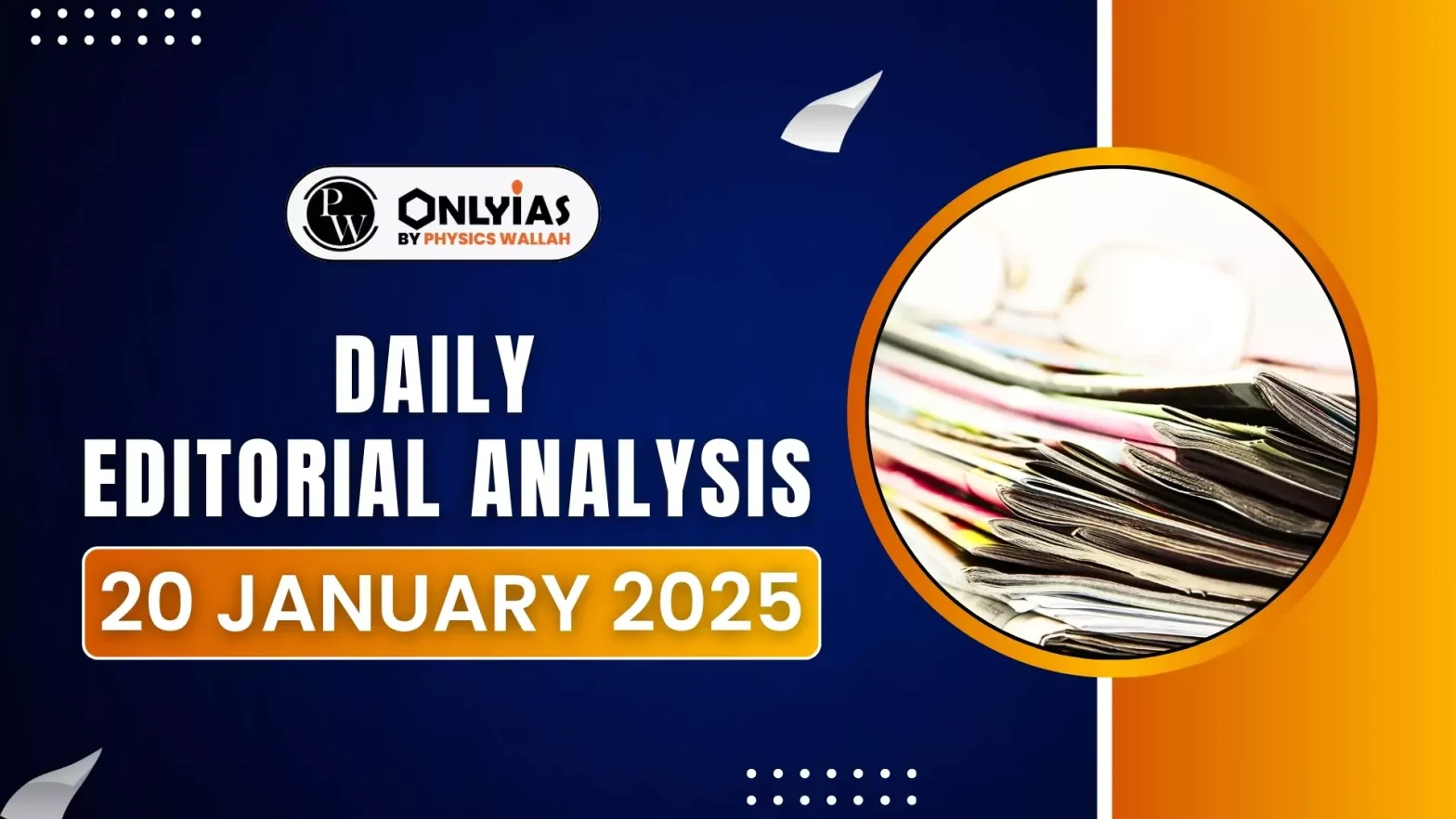As the Union Budget approaches, it becomes essential to analyze the importance of Gender-Responsive Budgeting (GRB) in evaluating the allocation of resources aimed at women’s empowerment.
Gender Budgeting
- Gender budgeting is a fiscal approach that integrates a gender perspective into all stages of the budgetary process, aiming to promote gender equality and ensure that public resources are allocated equitably between women and men.
Gender Responsive Budgeting (GRB)
- Gender Responsive Budgeting (GRB) in India is a strategic approach that integrates a gender perspective into the budgeting process to promote gender equality and ensure that public resources address the specific needs of women.
|
Enroll now for UPSC Online Course
Gender Responsive Budgeting
- Role of Budget in Women Empowerment: Budgets allocate financial resources to programs focused on women’s education, health, and skill development, fostering economic independence.
- Women empowerment encompasses social, political, and economic dimensions, each playing a crucial role in fostering gender equality and enabling women to reach their full potential
- Introduction: The initiative to present the Gender Budget Statement (GBS) was introduced as early as 2005-2006.
- This step marked a significant milestone in addressing gender disparities in resource allocation.
- Current Allocation: Over the years, the allocation for GRB has consistently ranged between 4-5.5% of the Union Budget.
- While this level of allocation is a welcome step, there remains considerable scope for improvement to ensure that the budgetary provisions better address women’s needs and priorities.
Impact of Covid on Gender Responsive Budgeting
- Inadequate Support: The Budget for 2023-24, formulated in the aftermath of the COVID-19 pandemic, fell short in providing adequate support for women and gender minorities to rebuild their lives.
- Job Losses: Many women were compelled to leave their jobs to take on caregiving responsibilities for affected family members.
- Challenge of Reintegration: A significant number of women struggled to return to the workforce even after the pandemic subsided, resulting in long-term economic and social challenges.
Gender Budget Cells
- Establishment of Gender Budget cells: To facilitate GRB at the ministry and department levels, all ministries and departments were directed to establish Gender Budget Cells (GBCs). A charter for GBCs has also been developed to streamline their functions.
- Responsibilities of GBCs
- Analyzing Gender Issues: Examining the gender-related aspects addressed by major schemes and programmes of their respective ministries/departments.
- Performance Audits: Conducting or commissioning audits to evaluate the effectiveness of these schemes and programmes from a gender perspective.
- Suggesting further policy interventions to enhance the impact of these initiatives.
- Literature Development: Preparing documentation on gender perspectives related to the sectors or services covered by their respective ministries.
Check Out UPSC CSE Books From PW Store
Challenges associated with Gender Responsive Budgeting
- Homogenization: Gender-Responsive Budgeting (GRB) needs to evolve from viewing women as a homogenous group to addressing the specific needs of women from marginalized communities.
- For ex: A budget outlay of ₹100 crores, with 20% (₹20 crores) allocated for women. Without specific data it is unclear whether the allocation benefits urban women who already have better access to resources or rural and marginalized women who face significant disadvantages.
- Underrepresentation of Marginalized Women: One study highlights that Muslim women are not adequately represented in GRB, even though they face multiple disadvantages and exclusions. These challenges include:
- Poverty
- Patriarchy
- Religious restrictions
- Neglect of Minority Women: Muslim women remain largely invisible in policy frameworks that aim to support the development of socio-religious communities. Despite their unique challenges, policies often fail to address their specific needs effectively.
Way Forward
- Targeted Policy Intervention: The study underscores the urgent need for GRB to focus more on the specific challenges faced by Muslim women. Develop targeted measures to address their socio-economic and cultural exclusions.
- Evaluation and Monitoring: Regular assessment of the implemented policies is necessary to evaluate their impact and effectiveness.
- State-Level Progress: Some states in India have made significant progress in implementing GRB. Kerala and Karnataka, for instance, have gone beyond merely presenting a Gender Budget Statement (GBS) and identified specific priorities to advance gender equality.
- Other states have also established mechanisms to ensure that budgetary allocations support schemes aimed at empowering women.
- Gender-Responsive Planning: Nesar Ahmad, an author of the Gender Report by the Feminist Policy Collective, emphasizes the need for GRB to evolve beyond the GBS.
- He advocates for gender-responsive planning and programmes across all sectors, including those considered gender-neutral.
- Formulation of Gender Action Plans: Ahmad suggests that ministries should develop gender action plans based on the specific needs of women. These plans should:
- Identify development gaps.
- Address the binary nature of gender and focus on gender minorities.
- Recognize diversity and adopt an intersectionality approach.
- Tackle issues of discrimination and exclusion faced by marginalized groups, such as SC/ST, DNT, and minority women.
- Gender Segregated Data: To address the challenges faced by marginalized sections of society, there is an urgent need to collect gender-segregated data.
- Without accurate data on women and their needs, it becomes challenging to allocate resources effectively and ensure the mainstreaming of women in the development process.
- Need of Robust Monitoring: With the recent clustering of schemes in the budget, it is crucial to establish a strong monitoring framework to track outcomes. Such mechanisms will enable authorities to assess the effectiveness of allocations and make necessary adjustments.
- Contextualizing GRB in Macro-Patriarchy: Ritu Dewan, argues that GRB must be contextualized within the macro-patriarchal state. This includes examining the financial articulation of the state in terms of both allocations and revenue-raising
| Macro Patriarchal State:
A macro-patriarchal state refers to a societal structure where patriarchal norms and values are deeply embedded within the overarching systems of governance, economics, and policy-making. |
Enroll now for UPSC Online Classes
Conclusion
The finance minister, known for her sensitivity to gender issues, is expected to enhance allocations for GRB in her seventh budget presentation this year. Such steps could significantly strengthen the framework for gender equality in the country.
![]() 20 Jan 2025
20 Jan 2025


